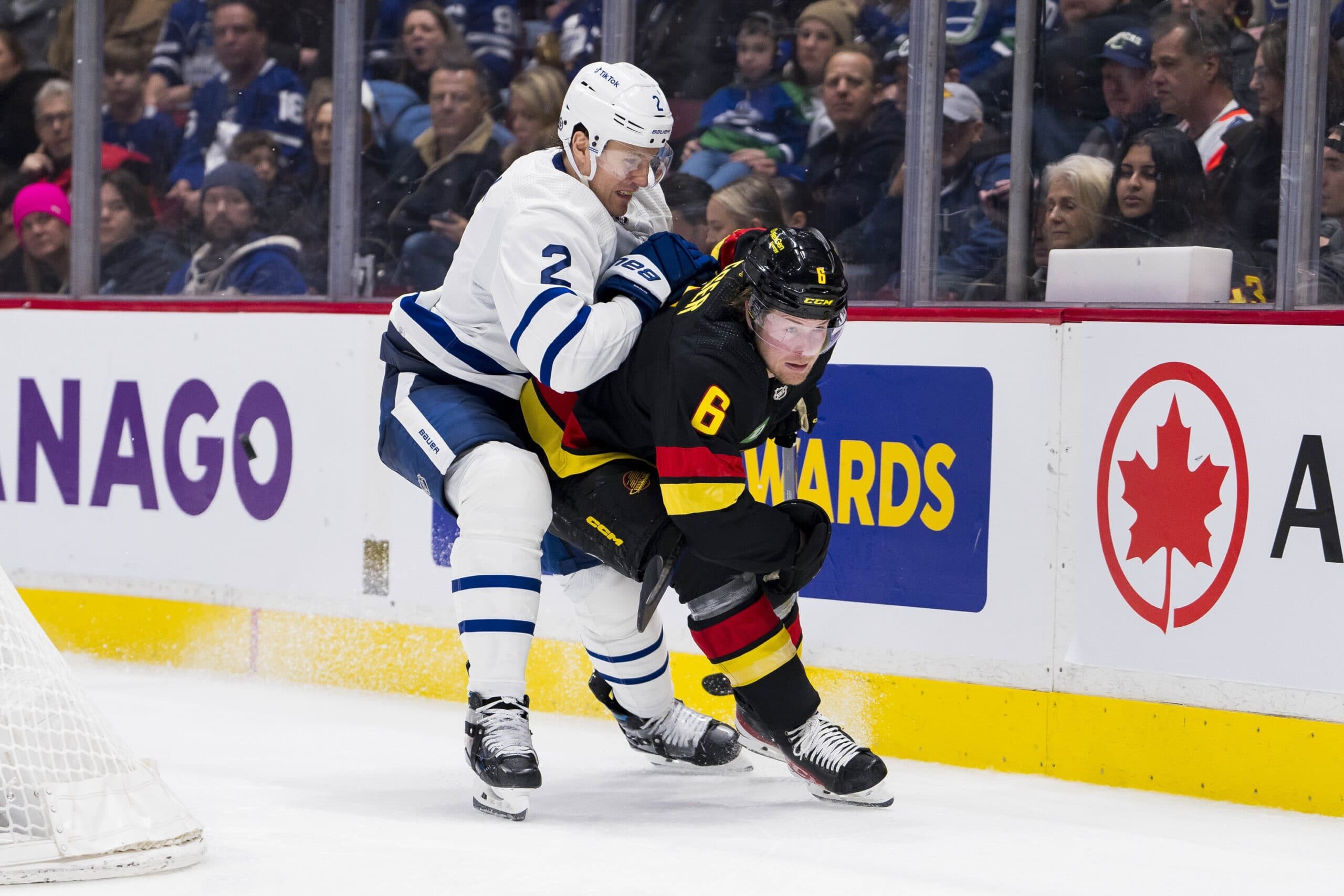Making sense of the Leafs defensive pairings
Photo credit: Bob Frid-USA TODAY Sports
By Jon Steitzer
Mar 23, 2023, 06:00 EDT
Breaking News
- Auston Matthews does not attend Leafs’ morning skate, will play Game 4
- Why staying the course has never been more important for the Maple Leafs
- Craig Berube wants Joseph Woll to be more direct moving the puck
- Maple Leafs impressed with Matthew Knies elevating his game in playoffs
- Pacioretty praises linemates Tavares, Nylander, Berube’s calm leadership ahead of Game 4
